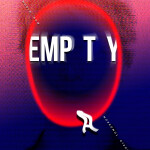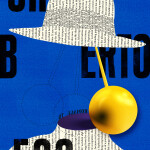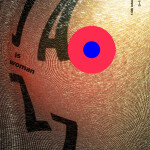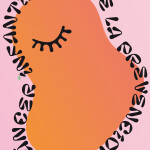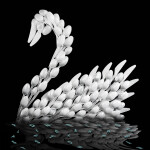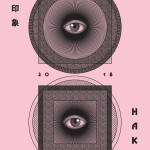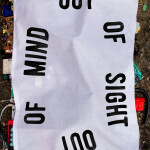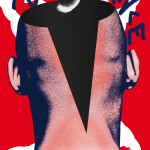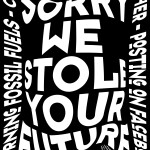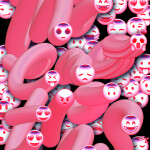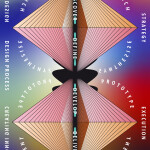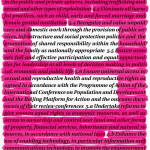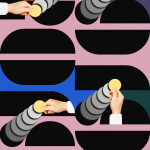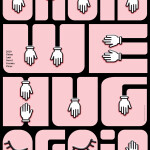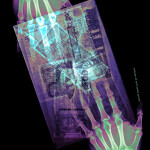From Denmark, our new Poster Master is a designer and educator with a unique style and a strong passion for typography. Welcome, Rikke Hansen!
Rikke Hansen is a Danish Graphic Designer and Educator. She works and teaches in the intersection between language, culture and space. For several years she has been working with product development, branding and consulting for companies and organisations, and as Head of Department at Design School Kolding she played a significant role in developing new educational programmes for the future. She has been Head of Designhoejskolen Hoejer – a new independent Design High School focusing on talent development. Currently she teaches a variety of design courses at different design schools. She is an external Associate Professor at the University of Southern Denmark and she works on and researches design development projects and has her own design studio doing print and digital design.
We asked Rikke our “Poster Poster Questions” and these are her answers:
1. What does the poster mean to you and why do you design posters?
I do it for two reasons. I do it because I think it’s still a media to do visual communication in terms of topics that are important. Whether it’s things that happen around the world, you can share your ideas, and your thoughts quite fast, because we have social media today. And I also do it because it’s a way for me to get off my ordinary, all the other things that I do, and the way to explore and to experiment with visual language. I am not one of the designers who specifically have one style or do or does it in a certain way. For me, it’s always a way of looking at what is the purpose, what is the context, and then figuring out what I want to do. And sometimes I experiment and I do things that I’ve never done before, and then I’ll see what is going to come out of it. So that’s basically two reasons, experimentations and because I still think we need to share thoughts of important topics to the rest of the world.
2. What would you say makes a good poster?
A good poster is one that people immediately understand, it’s clear. And it also sparks people’s curiosity. And something that if you go home, to your husband or to your wife at night, you will remember it and you are telling it to the people you are sitting with. So something that’s clear, efficient, and that grabs your attention.
3. What do you think is the role of the poster in the world today?
I think that there is still a need for the poster as a medium of sharing ideas to create awareness or educate people. And I believe that we as designers have to be more like activists in sharing these things. Not only to do posters that are made for certain competition, or for your own sake, but really, really look into how we as designers use the poster as the medium tool to create awareness.
4. What is your typical design process for making a poster?
What is my typical design process? I don’t think I have one specific way of making posters. I think it depends on what the topic is. I really think that if it’s a cultural poster, you can be more playful, in my opinion, if it’s a political, or a social poster or something about the environment, other serious topics, I really, really think that it’s important to do a lot of research on the topic, because sometimes I see posters and also discuss with my students that it really be careful that you’re not doing a design of a topic that you think you know, but really go out and do the research so that it’s, things that you actually know, and you’re looking into proper research on that topic.
And in terms of being creative and what to put on the poster I do different things. Because I also work with different media, sometimes it is digital, sometimes I use the camera, sometimes I build, I do a lot of sketching in my sketchbook and I also go for a lot of long walks. Because I think it’s important to have this space in your mind where you actually look through your thoughts and use some time to think about if this is the right topic or not. And then I basically never have a finished poster in my head. It’s always coming from the process. Like making a snowman in Denmark, you have some knowledge when you build these white, frosty people, and you never know what the final outcome is before you get to the end. And for me, it’s the same when I’m doing posters. I’m not afraid if it’s not going to be a good or bad poster, I just continue until I’m satisfied, and I also embrace coincidences and accidents, and I use them in my process.
And I challenge myself, I think that’s maybe one of the things. I make it as a game, sometimes that I have to do certain things in this poster, and then make a game because it sparks your creativity as well. So there’s not a specific way of doing it, I do a lot of different things, but proper research, use my sketchbook, go for walks, and then experiment with a lot of different materials.
5. If you could choose a poster in history as your favourite, which one would it be and why?
As you choose one poster, I think there are so many brilliant posters and poster designs out there in the world. And it’s really difficult to choose only one, but I think the one I would choose is one, as I recall it, I saw it when I was still a student. And I think this poster was the one that made me decide to become a graphic designer and to do what I’m doing. And this poster is posted on by Yossi Lemel, it’s a peace poster, and it contains the white dove in the glass. And I think this poster is really so strong in the image. And, and it’s so straightforward in the communication. And I really, really love that poster. So that one would be the one for me to choose.
6. What advice would you give to new designers who might want to become poster designers?
I think at least as a new designer, if you’re still a student that you have to be aware about, it’s very, very difficult to make a living of only making posters, you have to be really good in terms of that. But still, there are a lot of ways of making posters, you can participate in competitions, if you still have some classmates in your university or the school you’re going in, then you can make a group and to do posters together, or find people you can work with or find topics that you think is important to to do. And I also think not to be afraid of exploring and experimenting with different kinds of language. Because you are the next generation of designers and how our poster is going to look in 10 or 20 or 30 years. We have new technology, we have new ways of sharing things. There’s so many things that you can look into, in order to make posters that are new style or different ways of looking at them. So it’s difficult to just come with one advice that you could use, I think really figure out what gets you up in the morning and what topics are interesting for you to do. And then use that as a driver to explore your visual language and to make communication that can grab people’s attention.

